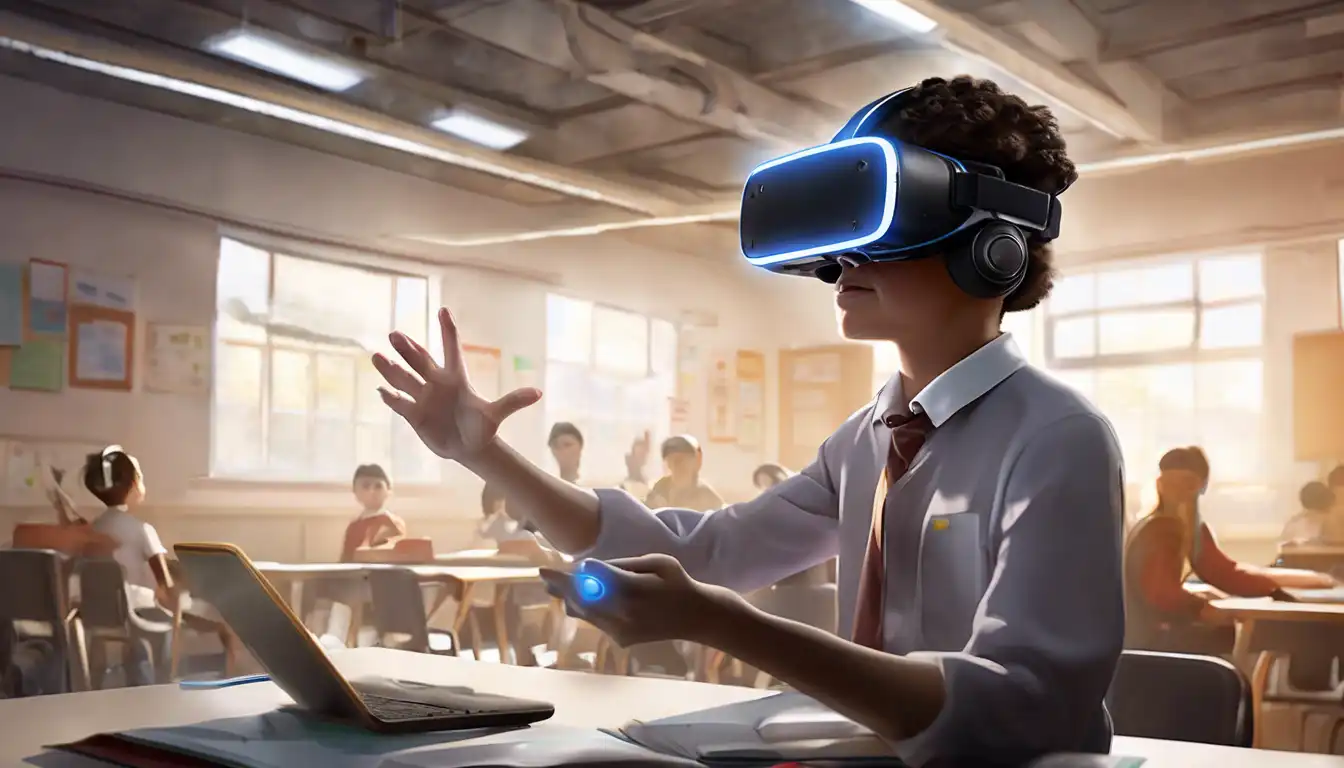The Transformative Impact of Virtual Reality on Learning and Skill Development
Virtual Reality (VR) technology has rapidly evolved from a futuristic concept into a practical tool in various sectors, especially in education and training. Its ability to simulate real-life environments and scenarios offers unparalleled opportunities for immersive learning and hands-on experience without the associated risks or costs.
Why VR in Education?
VR in education is not just about the novelty; it's about enhancing the learning experience. Studies have shown that immersive learning can significantly improve retention rates and engagement. For instance, medical students can perform virtual surgeries, allowing them to practice and hone their skills in a risk-free environment.
VR in Professional Training
Beyond traditional education, VR is revolutionizing professional training across industries. From aviation to construction, VR simulations provide realistic scenarios for trainees to develop their skills. This not only reduces training costs but also minimizes the risks involved in high-stakes training environments.
The Benefits of VR in Learning
- Enhanced Engagement: VR's immersive nature captures learners' attention more effectively than traditional methods.
- Improved Retention: The experiential learning facilitated by VR leads to better memory retention.
- Safe Learning Environment: VR allows learners to make mistakes and learn from them without real-world consequences.
- Accessibility: VR can bring distant or inaccessible environments to the learner, breaking geographical and physical barriers.
Challenges and Considerations
Despite its potential, the adoption of VR in education and training faces challenges. The cost of VR equipment and the need for technical support can be prohibitive for some institutions. Additionally, there's a learning curve associated with using VR technology effectively.
Future Prospects
The future of VR in education and training looks promising, with advancements in technology making VR more accessible and affordable. As more educators and trainers recognize its benefits, VR is set to become a staple in learning and development programs.
For those interested in exploring more about innovative learning technologies, check out our article on The Future of E-Learning.
In conclusion, VR holds immense potential to transform education and training by making learning more engaging, effective, and accessible. As technology continues to evolve, the possibilities are limitless.
